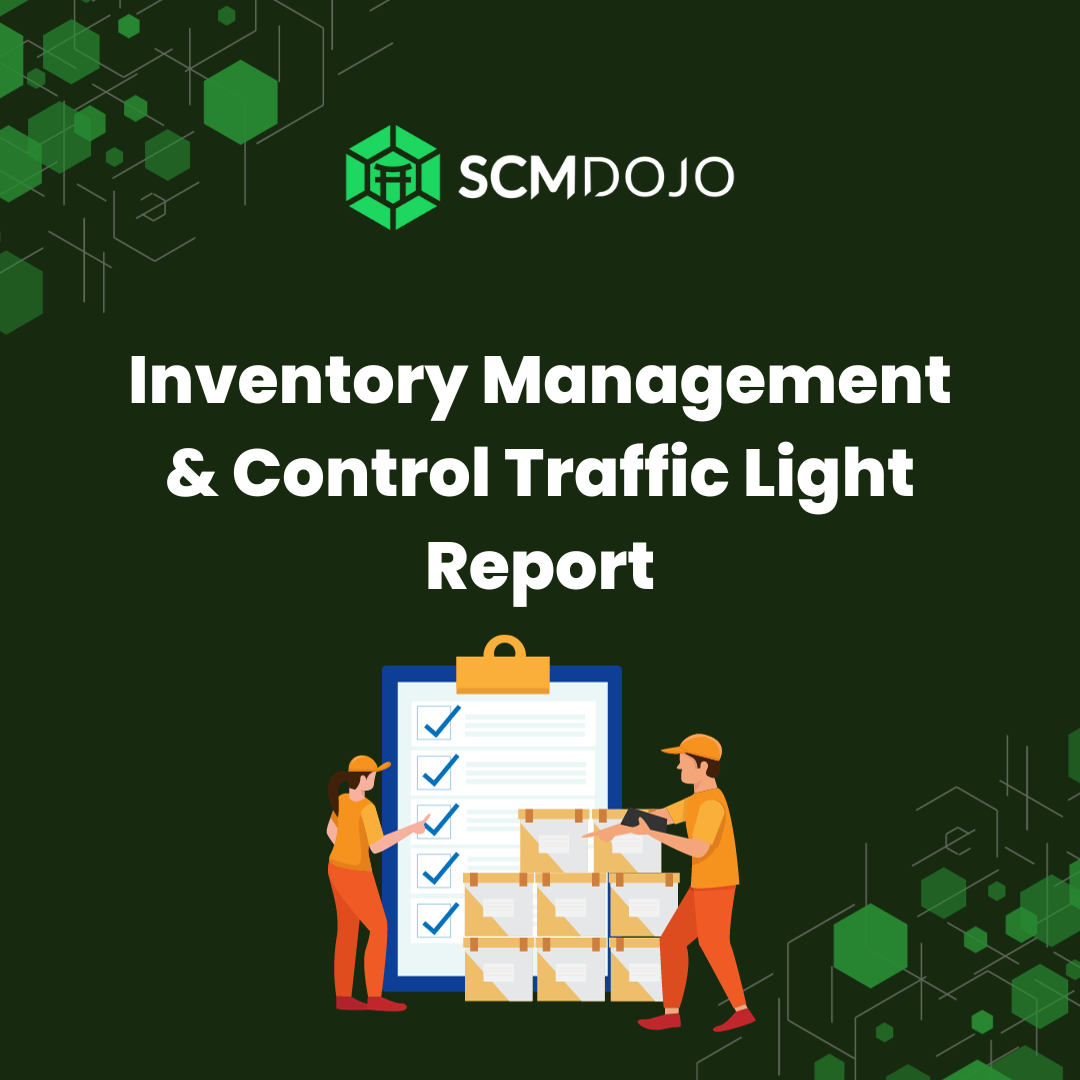New global consumer markets, characterized by sourcing activities and low manufacturing costs, seem to take the supply chain into more contemporary territory. While it brought all excitement and increased revenue, manufacturers have started to experience its significant side effect: a rise in supply chains complexity. As the needs of vendors and customers change, there are varying industry trends altering and complicating the supply chain.
Some Trends Showing The Rising Complexity of Supply Chains
According to the premier State of Supply Chain Complexity survey, the following are the recent trends in the manufacturing sector regarding supply chain complexity:
- 91% of businesses struggle to manage supply chain complexities
- Almost half of all supply chains have experienced increased complexities
- 51% of businesses can tackle complexities that arise one by one
- Even supply chain experts (about 48%) face challenges in integration into the supply chain
Causes of Supply Chain Complexities and Its Effects
Supply chain complexities have been caused by a collection of factors which include:
- Increases and constant changes in customer expectations
- Increases in company population
- Introduction of industry-specific rules and requirements
- Trying to conform to diversified international and national laws as a result of increased globalization
These factors lead to a lack of integration into the supply chain, lack of coordination, synchronization of data, and information sharing. Lacking these can strongly affect companies, and the following are the disadvantages of supply chain complexities for manufacturers:
- Reduced profit and bottom line
- Increased costs
- Poor performance
- Difficulties in supply relationship management
- Increased risks
How to Manage Supply Chain Complexities
Managing your supply chain can be tasking, but the following are a few ways to manage complexities in the supply chain.
Standard Operating Procedures (SOP)
The supply chain processes in all companies need to be standardized. It requires a revamp if your supply chain management has no standard operating procedure. Complexities create situations where supply chain managers have to improvise. However, supply chain management needs to be meticulous, standard, and stable; hence creating and integrating standard procedures is necessary. For companies looking to expand into the global scene, it would also be helpful to have standardized procedures. Implementing SOP would:
- Remove extraneous steps from your supply chain
- Increase employee efficiency
- Improve productivity and bottom line of the company
- Keep the company competitive in the global market.
Optimize All Financial Decisions
The financial structure of a company should be optimized to improve its financial processes. They should be tight enough to stand the test of time and flexible enough to allow the integration of innovative solutions as technology advances. It would make the supply chain efficient and also keep the business competitive. Also, optimize accounting processes by obtaining supply chain software to monitor and balance out your financial structure.
Automation
Introducing automation into a company’s current supply chain management processes is a major solution for supply chain complexities. The world is already being driven by technology with Artificial intelligence (AI) and robotics, and the industrial sector is not left out. Automation has found its way into production, warehousing, and supply.
Automation can be present in all operational areas, from automated accounting to an automated warehouse. A good example is using automated purchasing through purchasing software. It saves time and costs, helps you track your orders, and make enquires across multiple supply channels. Using different kinds of automated software increases efficiency and reduces errors and delays.
To help you embark upon your journey of automation, we recommend taking this introductory course, Supply Chain Digitalization, so you can understand the critical success factors and potential challenges you will face in the journey of automation.
Real-time Inventory Management
Most companies have chosen real-time management as an upgrade to doing it manually. Integrating software to handle inventory management is essential and can really minimize financial disasters for a company. It gives a full overview of your operations and keeps track of all inventory levels. Real-time Inventory Management offers you seamless flexibility and scalability in the long run.
Always Leverage Data
The collection of vast amounts of information is much more common in this era of software solutions. A company can beat the complexities of the supply chain by generating actionable reports. There are also AI-driven solutions that help companies process and analyze this data. From there, they can leverage this data to predict and project the resources needed for the supply chain. This minimizes wastage of both time and resources and improves efficiency.
Conclusion
There have been a few ideas for managing and measuring supply chain complexities. However, these tips can be used to their full potential to assist businesses in mitigating the risks posed by the complexities. Good supply chain management will make all the difference, and gradually businesses will thrive and make headway in the global market. As new problems arise, newer solutions are being innovated and hopefully, the challenges plaguing the supply chain are not exceptions to the rule.
About the Author- Dr Muddassir Ahmed
Dr MuddassirAhmed is the Founder & CEO of SCMDOJO. He is a global speaker, vlogger and supply chain industry expert with 17 years of experience in the Manufacturing Industry in the UK, Europe, the Middle East and South East Asia in various Supply Chain leadership roles. Dr. Muddassir has received a PhD in Management Science from Lancaster University Management School. Muddassir is a Six Sigma black belt and founded the leading supply chain platform SCMDOJO to enable supply chain professionals and teams to thrive by providing best-in-class knowledge content, tools and access to experts.
You can follow him on LinkedIn, Facebook, Twitter or Instagram








